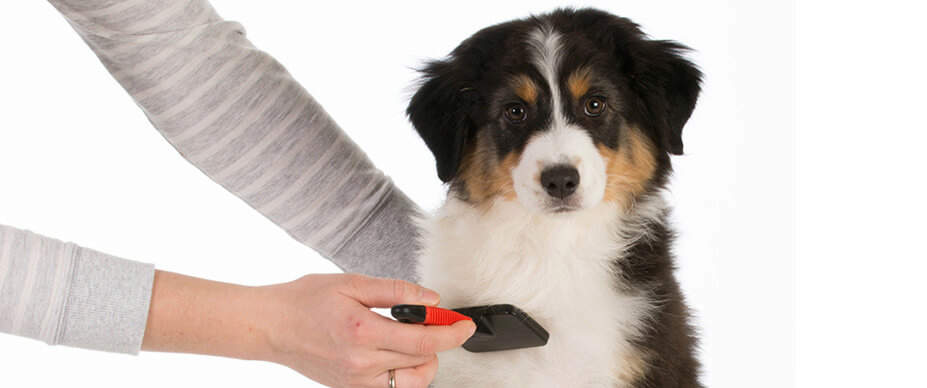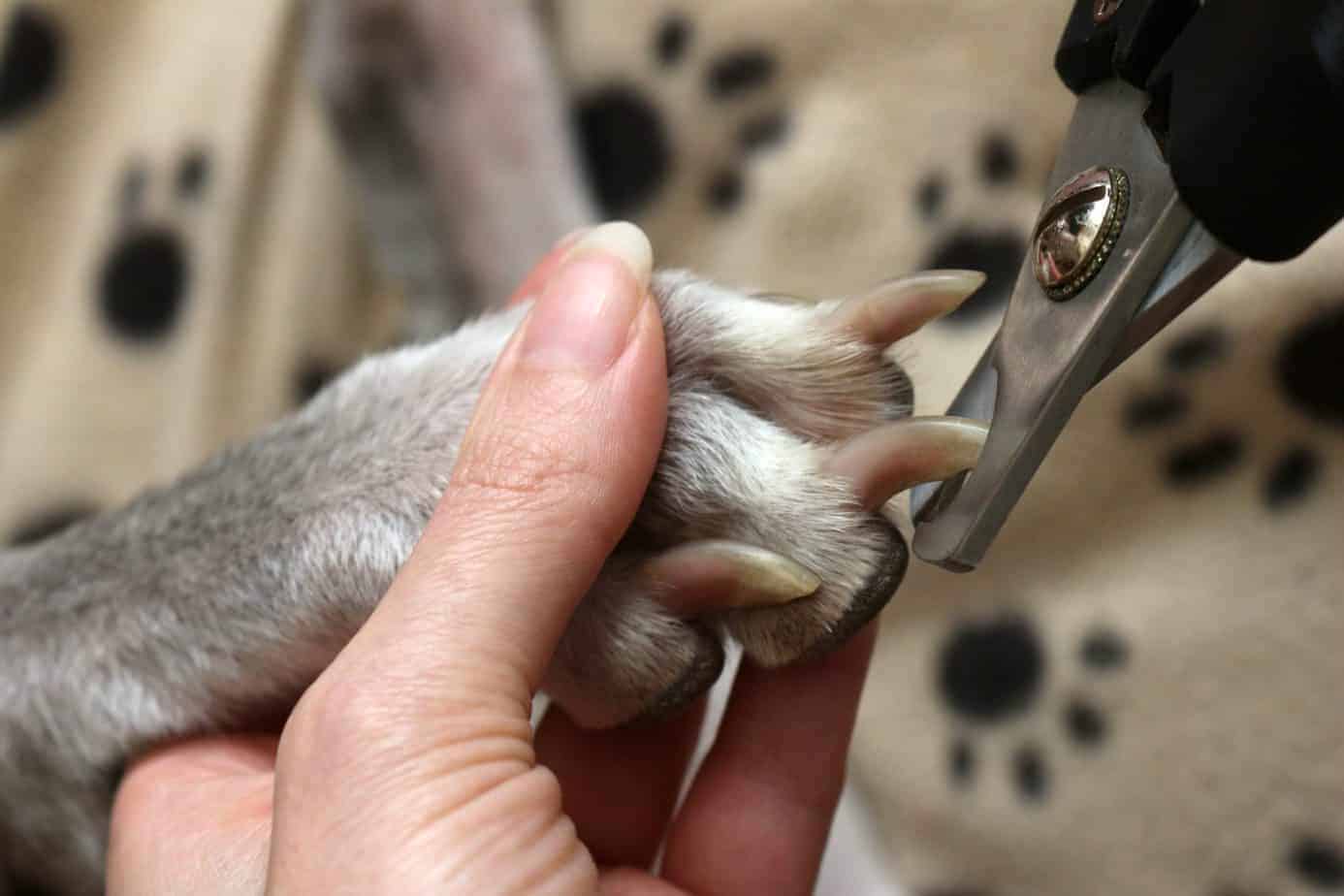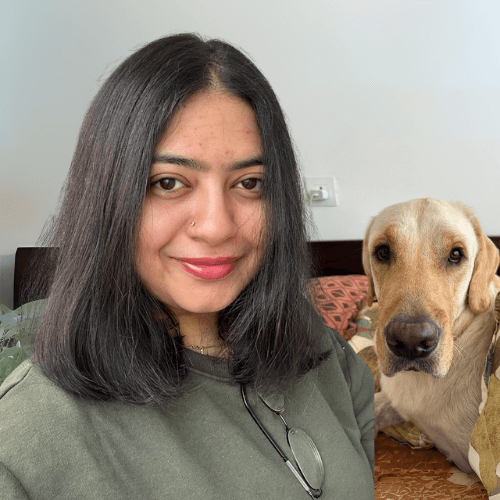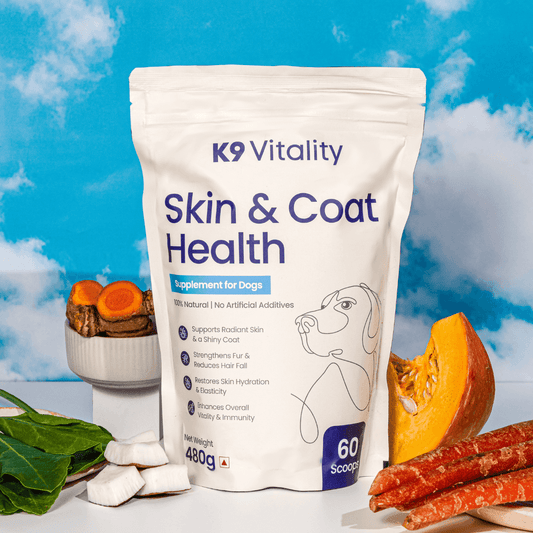
Top 10 Essential Dog Hygiene Practices for a Happy and Healthy Furry Friend
Share
Introduction
Maintaining proper hygiene for your dog is essential for their overall health and well-being. From regular grooming to dental care, there are several key practices that every pet owner should know to keep their furry friend happy and healthy. In this article, we will explore the top 10 dog hygiene practices that you should incorporate into your routine to ensure your dog stays clean and comfortable.
Regularly groom your dog

Grooming is an important aspect of dog hygiene and should be done regularly to keep your pup looking and feeling their best. This includes brushing their fur to remove any tangles or mats, as well as trimming their nails to prevent them from becoming too long and causing discomfort. Additionally, regular bathing is necessary to keep your dog's coat clean and free from dirt and odors. By incorporating regular grooming into your routine, you can help maintain your dog's overall hygiene and prevent any potential health issues.
Brush your dog's teeth

Dog's dental hygiene is the most ignored aspect of dog hygiene. Just like humans, dogs need regular dental care to maintain good oral hygiene. Brushing your dog's teeth is an essential practice that can help prevent dental problems such as gum disease, tooth decay, and bad breath. Use a dog-specific toothbrush and toothpaste to gently brush your dog's teeth at least two to three times a week. Start by introducing your dog to the toothbrush and toothpaste gradually, allowing them to get used to the taste and sensation. Be sure to focus on the outer surfaces of the teeth and gums, as these areas are prone to plaque buildup. Regular brushing will not only keep your dog's teeth clean and healthy but also contribute to their overall well-being.
Read our blog on "Dog Dental Health: A complete guide!" to understand the steps in maintaining a proper dental hygiene for your dogs.
Clean your dog's ears

Cleaning your dog's ears is an important part of their hygiene routine. Regular ear cleaning can help prevent ear infections and keep your dog's ears healthy. Start by gently examining your dog's ears for any signs of redness, swelling, or discharge. If you notice any abnormalities, it's best to consult with your veterinarian. To clean your dog's ears, use a dog-specific ear cleaning solution and cotton balls or pads. Avoid using cotton swabs, as they can push debris further into the ear canal and potentially damage the eardrum. Gently moisten a cotton ball with the ear cleaning solution and wipe the outer part of your dog's ear, being careful not to insert anything into the ear canal. Repeat this process on the other ear. If your dog has a history of ear infections or excessive wax buildup, your veterinarian may recommend a more frequent cleaning schedule or provide additional guidance.
Trim your dog's nails

Keeping your dog's nails trimmed is an essential part of their hygiene routine. Overgrown nails can cause discomfort and even lead to health issues such as infections or difficulty walking. Regular nail trims can also prevent your dog from scratching or damaging furniture and other surfaces. If you're not comfortable trimming your dog's nails yourself, you can take them to a professional groomer or veterinarian who can do it for you. It's important to use proper nail clippers or a nail grinder specifically designed for dogs, as human nail clippers can cause injury. Take care to avoid cutting the quick, which is the sensitive part of the nail that contains blood vessels and nerves. If you're unsure about how to trim your dog's nails, consult with a professional for guidance.
Bathe your dog regularly

Regular bathing is an important part of maintaining your dog's hygiene. It helps to keep their coat clean and free from dirt, debris, and odors. The frequency of bathing will depend on your dog's breed, activity level, and individual needs. Some dogs may require more frequent baths, while others may only need to be bathed every few months. When bathing your dog, use a shampoo specifically formulated for dogs, as human shampoos can be too harsh and strip their coat of essential oils. Make sure to thoroughly rinse out all the shampoo to prevent any skin irritation. After bathing, dry your dog thoroughly with a towel or a blow dryer on a low heat setting. Regular bathing not only keeps your dog looking and smelling fresh, but it also helps to prevent skin issues and keeps their coat healthy.
Conclusion
Incorporating proper dog hygiene practices into your routine is essential for the health and happiness of your furry companion. From regular grooming sessions to attentive dental care, cleaning ears, trimming nails, and scheduling baths, each step contributes to your dog's overall well-being. By prioritizing these dog hygiene practices, you can ensure that your canine friend stays clean, comfortable, and thriving. Remember, maintaining optimal dog hygiene is not just a responsibility, but a loving gesture that enhances your bond and promotes a vibrant life for your cherished pet.
Dog Hygiene FAQ's
Q1: How often should I groom my dog?
A1: Regular grooming should be done to keep your dog's coat clean and prevent discomfort. Brush their fur to remove tangles, trim their nails to avoid overgrowth, and bathe them to prevent dirt and odors. Incorporating grooming into your routine is essential for maintaining your dog's hygiene.
Q2: Why is dental care important for dogs?
A2: Dental care is vital for dogs' oral health, just like it is for humans. Regularly brushing your dog's teeth with dog-specific toothpaste and a toothbrush helps prevent issues like gum disease, tooth decay, and bad breath, contributing to their overall well-being.
Q3: How do I clean my dog's ears properly?
A3: Gently examine your dog's ears for redness, swelling, or discharge. Use a dog-specific ear cleaning solution, moisten a cotton ball, and wipe the outer ear. Avoid inserting anything into the ear canal, and if there's a history of ear problems, consult your veterinarian for guidance.
Q4: Can I trim my dog's nails at home?
A4: Yes, you can trim your dog's nails at home, but use proper nail clippers or a grinder designed for dogs. Be cautious of the quick (sensitive part with blood vessels). If unsure, seek guidance from a professional groomer or veterinarian to prevent injury.
Q5: How often should I bathe my dog?
A5: The bathing frequency depends on factors like breed, activity level, and individual needs. Some dogs require more frequent baths, while others need them every few months. Use dog-specific shampoos to avoid stripping their coat of essential oils, and ensure thorough rinsing to prevent skin irritation.






